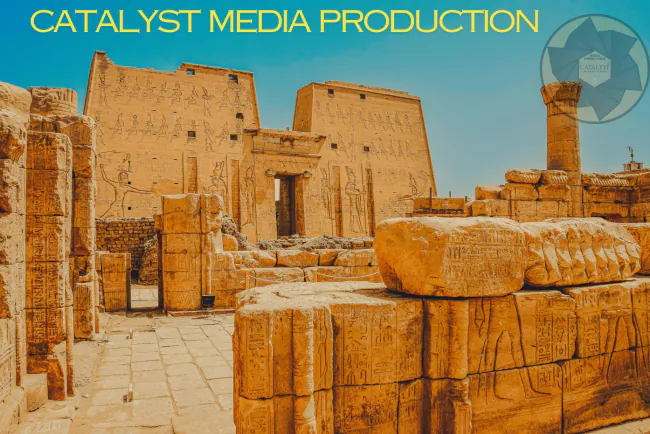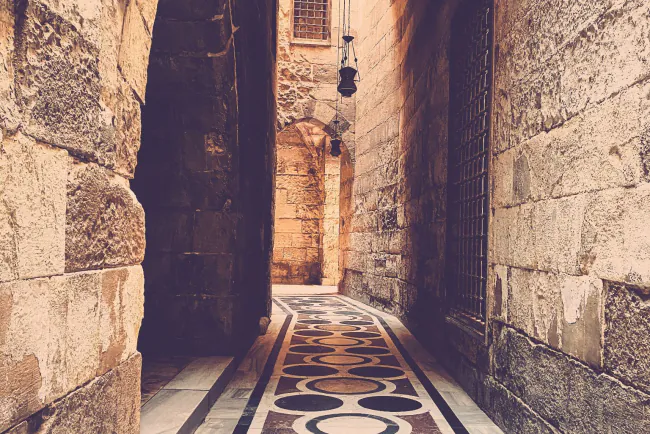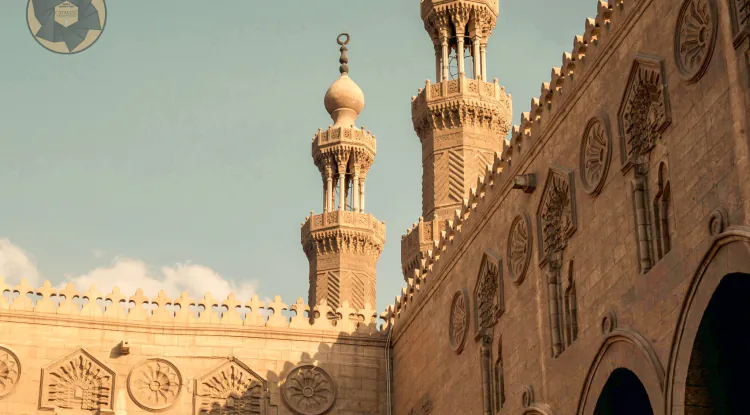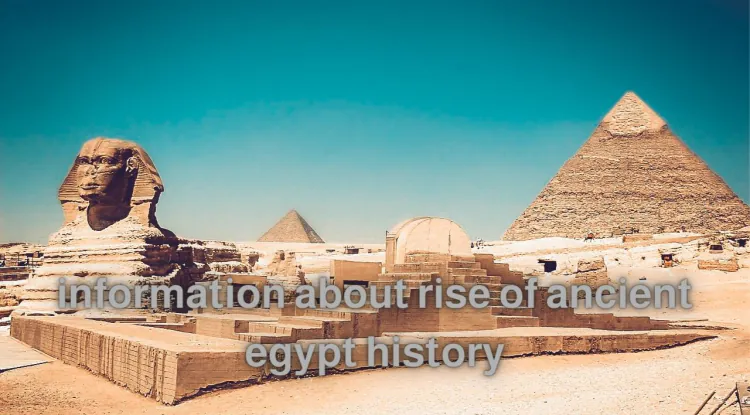Journey Through Ancient Egypt Temples
From the dawn of civilization, Egypt has been a cradle of architectural grandeur and spiritual significance. The ancient Egyptians crafted splendid structures that still stand resilient against the sands of time. Among these, their temples played pivotal roles in acting as the celestial abodes of gods and pharaohs. This article takes you on an explorative journey through the most iconic temples of ancient Egypt, each one an emblem of divine power and human perseverance.
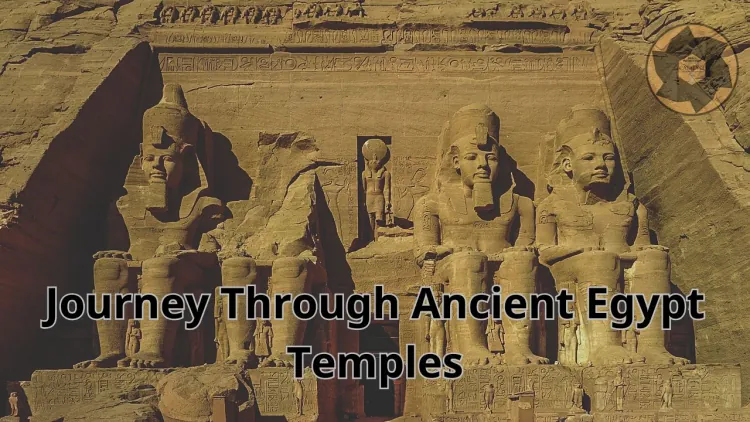
The Eternal Bedrock of Egyptian Temples
Ancient Egyptian temples have been the cornerstone of their civilization, serving as spaces for worship, repositories of cultural wisdom, and epicenters of economic activity. The temples were meticulously designed to mirror and maintain the cosmos. The walls and columns were adorned with plant motifs and scenes of the king conducting rituals, while the ceilings were covered in stars and constellations, encapsulating the Egyptians' understanding of the universe.
The Unfolding of Temple Architecture
The evolution of temple architecture in Egypt is a testament to the progression of their civilization. Initially, they were simple structures built from organic materials. As they advanced, the Egyptians started constructing grand stone monuments, each unique but adhering to a common blueprint. The use of pylons, open courts, hypostyle halls, sanctuaries, and sacred lakes became prevalent, each reflecting various aspects of their mythology and societal structure.
Temples that Echo Eternity: Iconic Temples of Egypt
Karnak Temple Complex
The Karnak Temple Complex, located in Luxor, is a spectacular manifestation of ancient Egypt's architectural prowess. Primarily dedicated to the Theban triad of deities: Amun, Mut, and Khonsu, the Karnak Temple was a focal point of festivities and pilgrimages. The massive hypostyle hall filled with towering columns and the colossal statues of pharaohs smiting their enemies, stand as awe-inspiring remnants of a glorious past.
Luxor Temple
An emblem of Nubian sandstone, the Luxor Temple is a grand temple complex that embodies the divine power of the ancient kingdom. It was dedicated to the Theban triad and was the center of the festival of Opet, one of Thebes' most important festivals. This temple's grandeur lies in the colossal seated statues of Ramses II at the entrance and the Great Colonnade adorned with towering columns.
Abu Simbel Temples
The Abu Simbel Temples are carved rock marvels dedicated to Pharaoh Ramesses II and his first wife, Nefertari. These colossal structures are a testament to the architectural brilliance of ancient Egyptians, with intricate hieroglyphics and reliefs depicting the pharaoh's victories and religious rituals. The divine aura of these temples, combined with their breathtaking location on the banks of the Nile, adds to their allure.
Temple of Hatshepsut
The Temple of Hatshepsut, also known as Djeser-Djeseru, is a remarkable tribute to one of ancient Egypt's most powerful queens. Situated beneath a sheer cliff face in Deir el-Bahari, near Luxor, this mortuary temple is adorned with scenes from the queen's life, her devotion to the deities, and her divine connection to the gods.
The Undiscovered Treasures: Lesser-Known Gems
Edfu Temple
Dedicated to the deity Horus, the Edfu Temple is a testament to the impeccable preservation of ancient Egyptian shrines. Its grand edifice and intricate hieroglyphics offer a captivating glimpse into the religious significance and craftsmanship of the times.
Philae Temple
Located on an island in the Nile River, the Philae Temple, dedicated to the goddess Isis, is a UNESCO World Heritage Site. Its unique location, coupled with its beautiful reliefs and carvings, make it a tranquil and enchanting site for visitors.
Dendera Temple
The Dendera Temple, dedicated to the goddess Hathor, is renowned for its beautifully preserved reliefs and its stunning astronomical ceiling. Its intricate details and celestial ceiling offer a glimpse into ancient Egyptian beliefs and astronomical knowledge.
Abydos Temple
The Abydos Temple, dedicated to Osiris, the god of the afterlife, stands as an iconic representation of ancient Egypt's spiritual heritage. Its grandiose architecture and rich symbolism make it a revered center of worship and devotion.
Temple of Ramesses III
The Temple of Ramesses III, located in Medinet Habu on the West Bank of Luxor, is a testament to the power and legacy of one of Egypt's greatest pharaohs. Its imposing walls and strategic positioning showcase the might and authority of Ramesses III.
The Ramesseum Temple
Also known as the Temple of Ramesses II, the Ramesseum Temple is a tribute to the power and legacy of one of Egypt's greatest pharaohs. Its grandeur and scale leave visitors in awe, as they marvel at the colossal columns adorned with delicate hieroglyphics.
Embarking on a Journey of Discovery
The temples of ancient Egypt are not just architectural marvels, but they are also gateways to a civilization that once thrived. Whether you're a history enthusiast, an avid traveler, or simply curious about the world's wonders, these temples offer a unique journey through time, unraveling the mysteries of a civilization that has left an indelible mark on the annals of history.
Practical Considerations for Visiting Egyptian Temples
Visiting these temples is an enriching experience, but certain practical considerations can make your visit smoother. Due to Egypt's hot climate, it's advised to visit early in the morning or late afternoon. Dress appropriately, wear comfortable footwear, and carry plenty of water. Engage the services of a knowledgeable guide to gain deeper insights into the history and significance of these temples.
Conclusion
From the colossal structures of Abu Simbel to the intricately carved walls of Karnak, the temples of ancient Egypt continue to fascinate us with their timeless beauty and profound historical significance. Each temple tells a unique story of divine power, human perseverance, and architectural ingenuity. As you walk through their sacred halls, you're not just exploring ancient ruins; you're stepping into a world where history and mythology intersect, where human ingenuity and divine power converge, and where every stone whispers tales of a civilization that continues to inspire us to this day.
What's Your Reaction?







